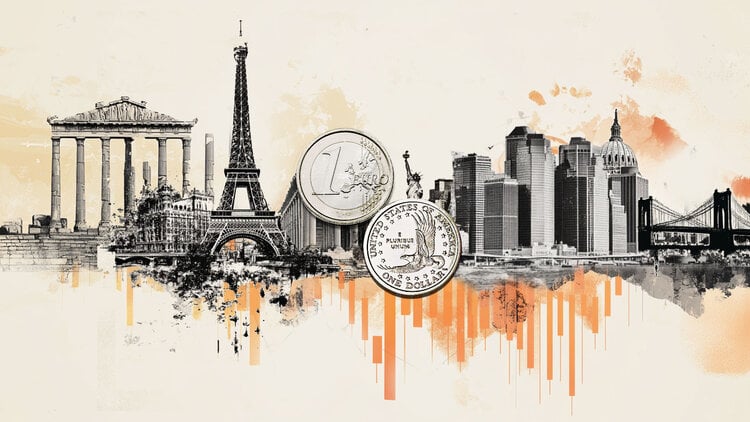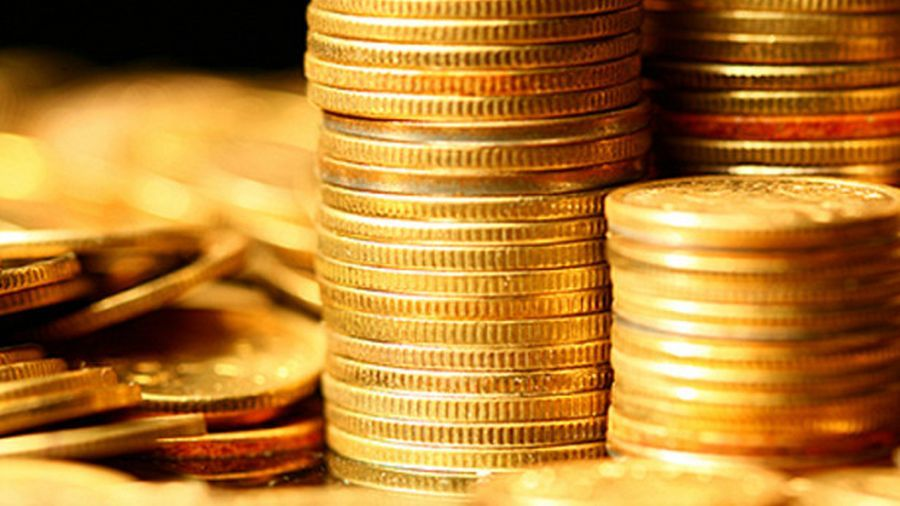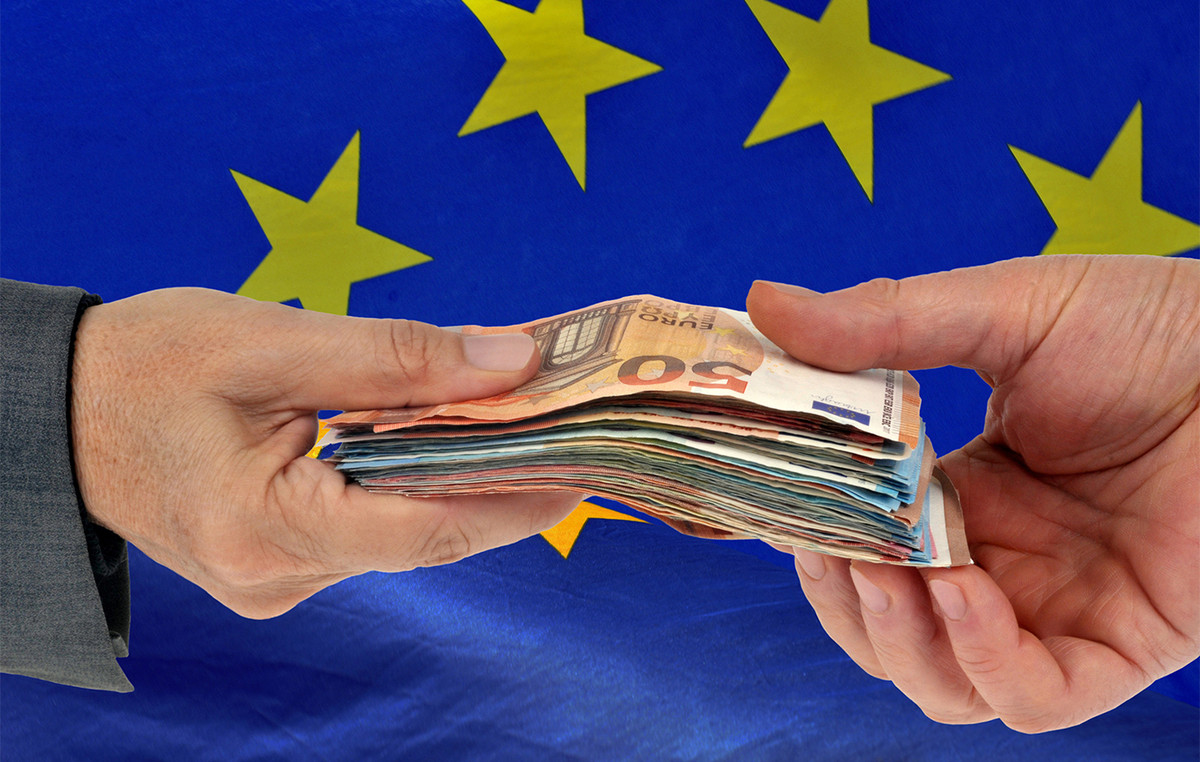Marisa Reghini, vice president for digital business and technology development at the Bank of Brazil, said that the testing will explore options for using the digital Brazilian real (Drex) in situations where there is not even an electrical connection. In the future, this will make it possible to make payments using CBDC in emergency situations where cash is usually the only means of payment.
One of the main goals of the project is to increase access to financial services for Brazilians with limited internet access. Now cash is the second most popular payment method in the country after the PIX instant payment system. Among most Brazilians, cash is considered the most preferred payment method. The central bank plans to launch Drex by the end of 2024.
“Drex will make it much easier for people to make payments. Brazilians will be able to use the service in everyday life, paying for purchases in local stores. At the same time, you don’t have to open a bank account or connect to the Internet,” explained a top manager at the Bank of Brazil.
Last year, the Central Bank became the sole regulator of the cryptocurrency industry in the country – the central bank acquired the authority to license crypto companies. The regulator later promised to tighten oversight of the industry to combat tax evasion and other illegal activities.
Source: Bits
I am an experienced journalist, writer, and editor with a passion for finance and business news. I have been working in the journalism field for over 6 years, covering a variety of topics from finance to technology. As an author at World Stock Market, I specialize in finance business-related topics.







